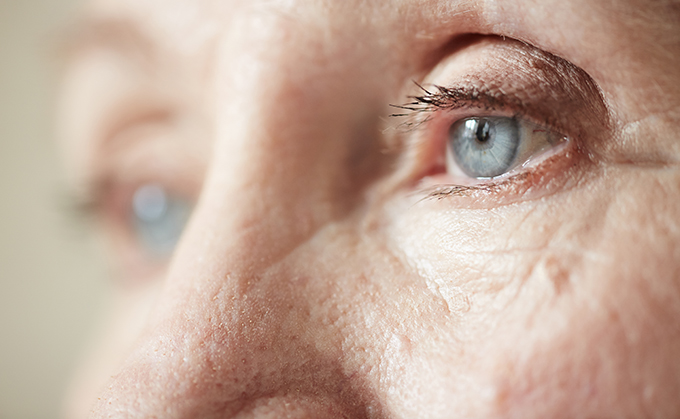
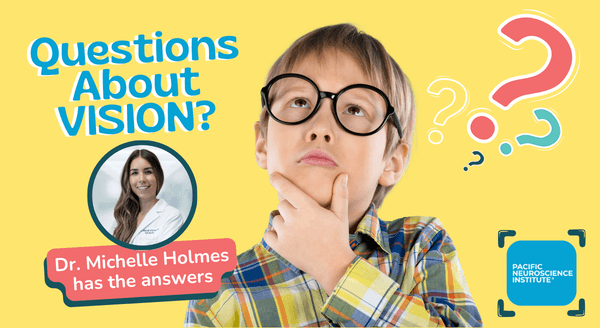
Questions About Vision
by Zara Jethani
A staggering 166.5 million adults in the United States use prescription eyeglasses!
We sat down with expert optometrist, Michelle Holmes, OD, to learn more about questions around vision. Read her fascinating insights here and learn important information about what you need to know about your vision.

Is it normal to never need glasses?
Dr. Holmes: Most people will benefit from glasses at some point in their life. A poll conducted by the Census Bureau on behalf of the National Center for Health Statistics found that 62% of respondents used some type of corrective eyewear. This percentage tends to increase with age, as supported by a 2018 study of Medicare beneficiaries that found that nearly 93% of adults 65 years or older endorsed the use of glasses.
Why do some people never need glasses?
As we have more birthdays, the lens in the front of the eye grows, stiffens, and becomes less flexible. As this happens, it becomes more difficult to focus on things up close. Typically, this process starts to become significant as we enter our forties and continues until our sixties. This is why most people need to update the power of their reading glasses every few years. The age at which the loss of this focusing ability becomes obvious depends on our baseline refractive error. For people who are just a little nearsighted, it may take longer to notice than someone who is farsighted, because nearsighted eyes are already designed to see better up close. Never needing glasses and never using glasses are two separate things! Often people don’t think that they “need” glasses, and are perfectly functional without them, but notice an improvement in their vision with glasses. I think personality and occupational demands play a large role in this. I always tell patients it’s hard to know what you’re “not” seeing without a proper eye exam!

What things are out of our control when it comes to vision?
Factors such as age, genetics, lifestyle, and environmental influences affect the need for glasses. The anatomical shape and length of our eye determines a large part of our eyeglass prescription. People with longer eyeballs are nearsighted (have difficulty seeing far away) and people with shorter eyeballs are farsighted (have difficulty seeing at near). Aging is also a large factor in the need for glasses.
What is a daily habit that can help vision maintenance?
Protecting your eyes from harmful UV-A and UV-B rays helps prevent development of early cataracts and growths on the eye (pingueculas, commonly called “surfer’s eye”), snow blindness, and even eye cancers.
Regularly wear sunglasses with 100% UV protection, sometimes labeled as UV400 or described as “UV absorption up to 400nm.” Typically, even drugstore sunglasses have good UV protection, but always check the manufacturer’s label. Ensure that the lenses are large enough to cover your eyes and remember that darker lenses do not necessarily provide more UV protection. Additionally, wear a wide brimmed hat or minimize sun exposure altogether to protect your eyes.
What are some other habits to embrace and things to avoid for better vision long-term?
There are two main behaviors that make a substantial impact on vision:
- Eat healthy:
Maintain a diet rich in antioxidants and make sure you have adequate levels of vitamins that support eye health such as vitamins A, C D, and E. Ensure proper nutrition. Obesity increases the risk of developing conditions like diabetes and hypertension, which, when poorly controlled, can cause serious damage to the eyes. - Do not smoke:
Just as smoking is harmful to the rest of your body, smoking is also damaging to the eyes. Studies show that toxicity and inflammation caused by smoking is linked to increased risk of developing macular degeneration, early cataracts, and even glaucoma. Additionally, ocular irritation from any kind of smoke may cause or exacerbate dry eye disease.
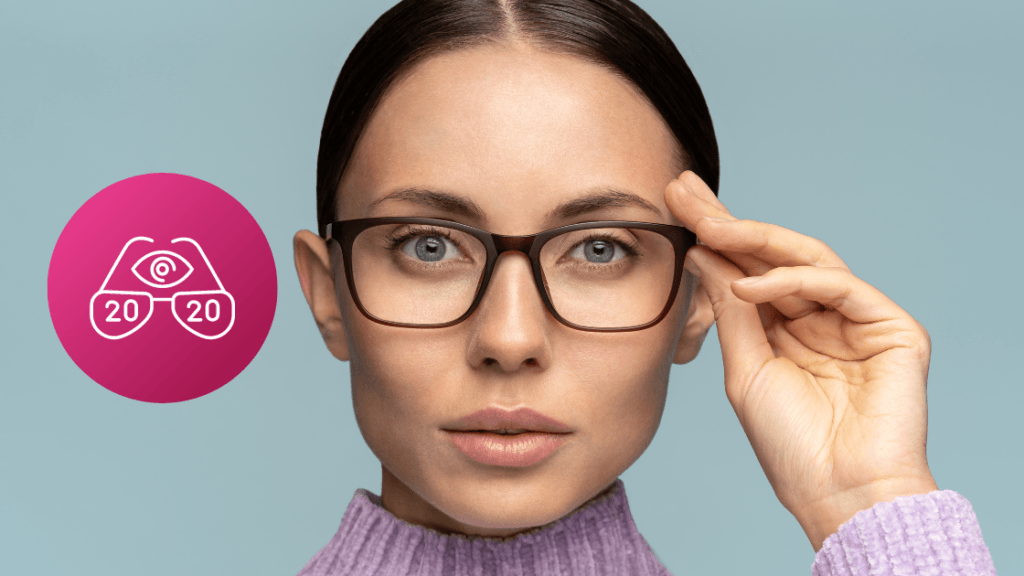
What is 20/20 vision in lay terms?
20/20 vision is the term used to describe normal clarity of vision. During an eye exam, this value is measured using an eye chart. The first (top) number indicates the distance in feet between the person being evaluated and the chart. It is almost always standardized to 20 feet. The second (bottom) number indicates the distance at which a person with normal vision can see the same detail.
A person with 20/20 vision can see details from 20 feet that a person with normal vision would also be able to see from 20 feet. This is considered standard vision and is always the measured goal when providing patients with glasses or vision correction.
Someone with 20/15 vision has better than 20/20 vision. This means that they can see details at 20 feet that a person with normal vision could only see by viewing from a closer distance of 15 feet. Conversely, someone with 20/30 vision can see from 20 feet what a person with normal vision can resolve from farther away at 30 feet.
It’s important to know that this measurement for clarity of vision, commonly referred to as visual acuity, is only one aspect of overall eye health. Visual function is multi-faceted and determined by a variety of factors including depth perception, peripheral vision, and eye teaming and alignment.
What are signs you might need glasses, and what should you do?
- Blurry vision
- Difficulty focusing
- Squinting
- Double vision
- Eyestrain or headaches
- Eye fatigue
Typically, the most obvious sign of needing glasses is blurry vision at distance, near, or both. Uncorrected refractive error (the need for glasses) may also cause letters to look elongated, shadowed, or even double.
If you ever have any concerns about your vision, it is essential to schedule an eye exam with a local eye care provider to determine if glasses or other vision correction is necessary, or if a more serious underlying issue is the cause. Regular eye exams are critical for maintaining good eye health and early detection of vision problems!
For more information or to schedule a consultation, contact:
310-829-8701
About Dr. Michelle Holmes

Michelle Holmes, OD, is a full-scope optometrist at Pacific Neuroscience Institute®. She sees patients at both the Eye, Ear and Skull Base Center as well as at the Brain Health Center. She is board certified and TLG licensed to treat and manage ocular disease. She practices evidence-based medicine with a genuine enthusiasm for human connection. Dr. Holmes is a current member of the American Optometric Association (AOA), the California Optometric Association (COA), and the Los Angeles County Optometric Association (LACOS).
Clinics
2125 Arizona Ave.
Santa Monica, CA 90404
310-829-8701
1301 20th St. Suite 300
Santa Monica, CA 90404
310-829-7792
Useful Links
Articles Related to Vision
Videos Related to Vision
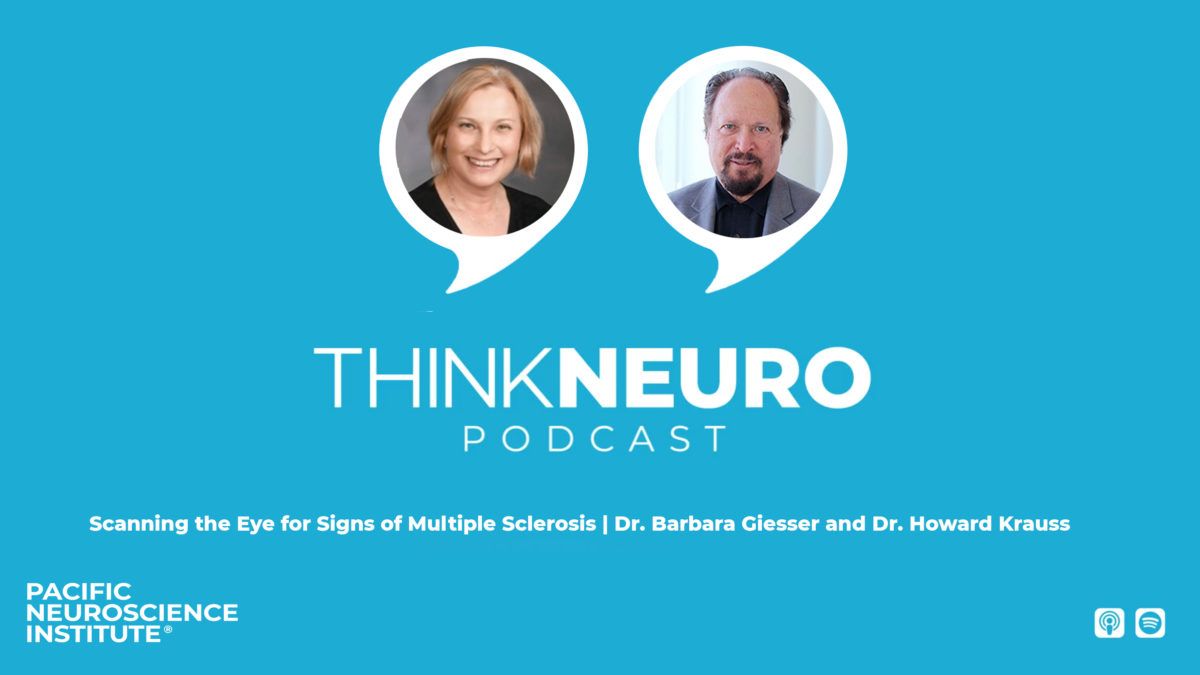 Scanning the Eye for Signs of Multiple Sclerosis | Dr. Barbara Giesser and Dr. Howard Krauss
When people think about multiple sclerosis, they don’t often think about the eye, but vision problems are often the first signs of MS. The disease is caused by an aberrant…
Scanning the Eye for Signs of Multiple Sclerosis | Dr. Barbara Giesser and Dr. Howard Krauss
When people think about multiple sclerosis, they don’t often think about the eye, but vision problems are often the first signs of MS. The disease is caused by an aberrant…
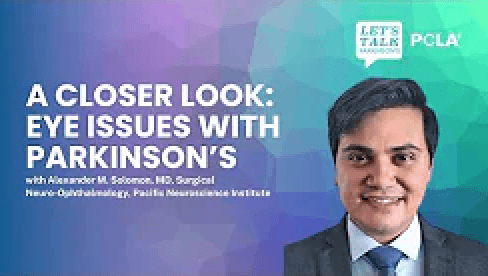 Understanding Eye Issues in Parkinson’s
A Closer Look: Eye Issues in Parkinson’s”, with Alexander M. Solomon, MD, a neuro-ophthalmologist at Pacific Neuroscience Institute. A Parkinson’s Community Los Angeles (PCLA) “Let’s Talk Parkinson’s” online program, June…
Understanding Eye Issues in Parkinson’s
A Closer Look: Eye Issues in Parkinson’s”, with Alexander M. Solomon, MD, a neuro-ophthalmologist at Pacific Neuroscience Institute. A Parkinson’s Community Los Angeles (PCLA) “Let’s Talk Parkinson’s” online program, June…
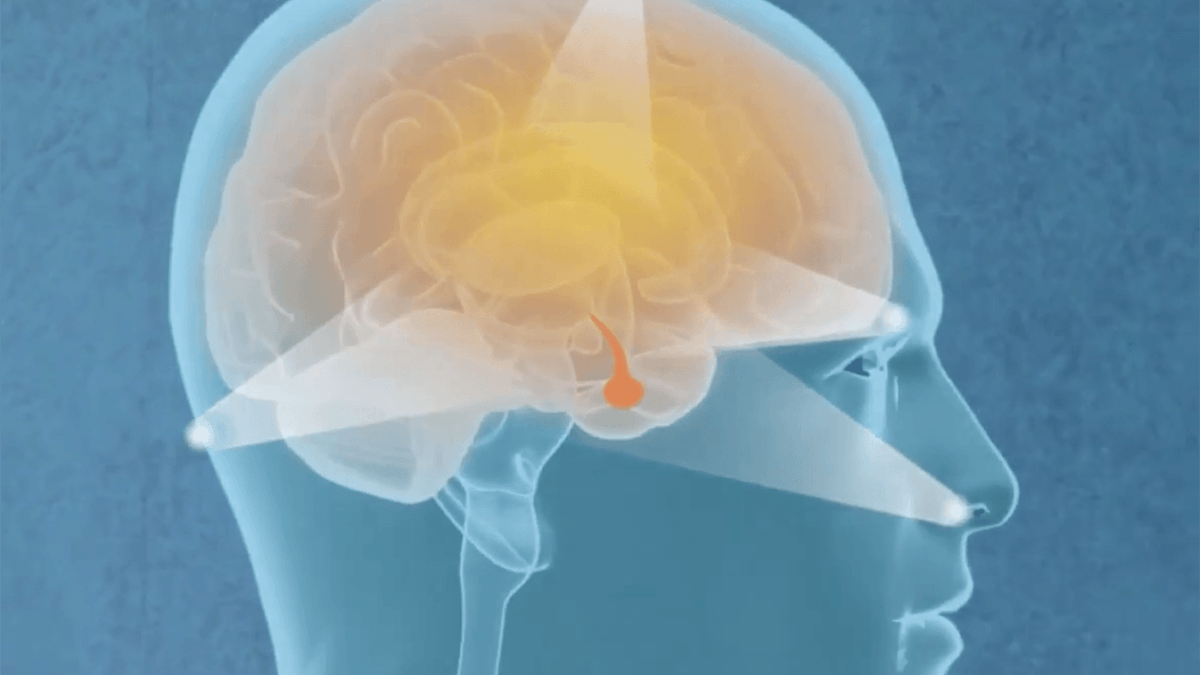 Pituitary Tumors and Vision – Howard Krauss, MD
Pituitary Tumors and Vision – Howard Krauss, MD
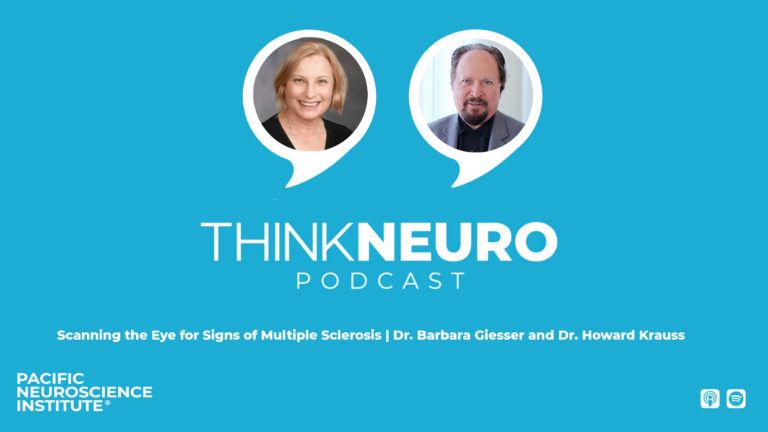
Scanning the Eye for Signs of Multiple Sclerosis | Dr. Barbara Giesser and Dr. Howard Krauss

27. Understanding Eye Issues in Parkinson’s
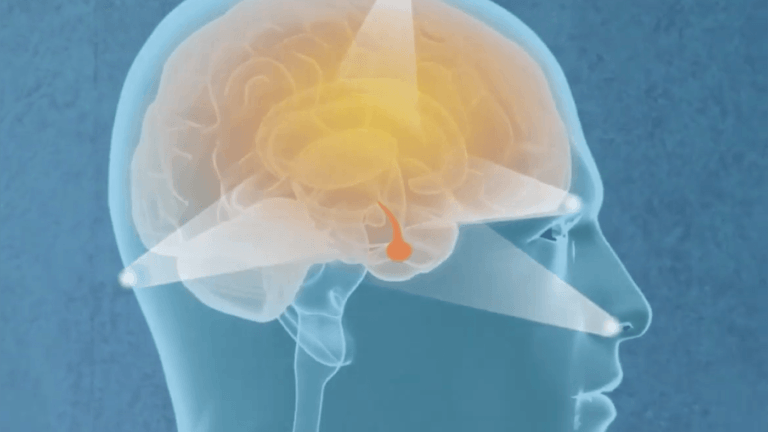
Pituitary Tumors and Vision – Howard Krauss, MD
About the Author

Zara Jethani
Zara is the marketing director at Pacific Neuroscience Institute. Her background is in molecular genetics research and healthcare marketing. In addition, she is a graphic designer with more than 20 years experience in the healthcare, education and entertainment industries.
Last updated: May 14th, 2024
